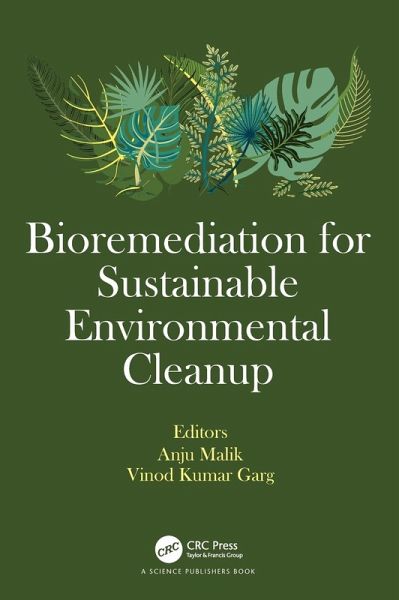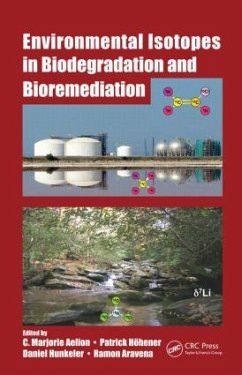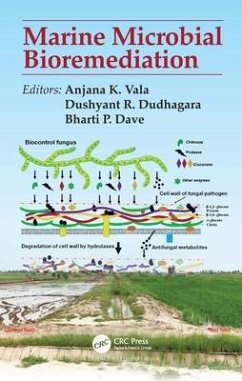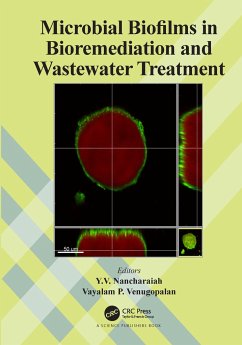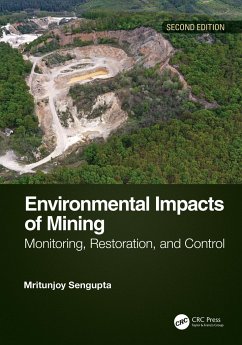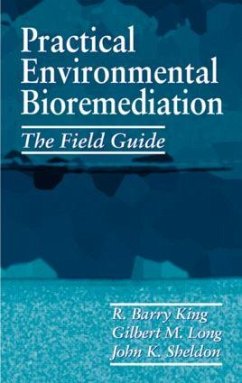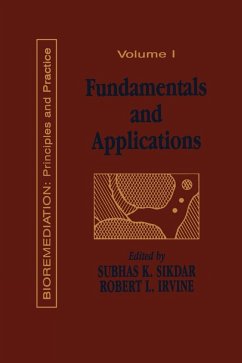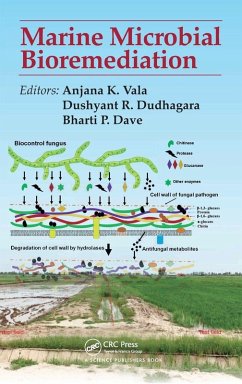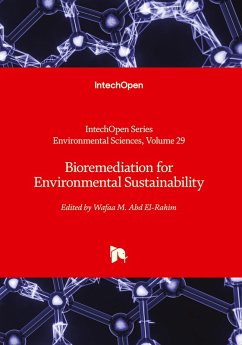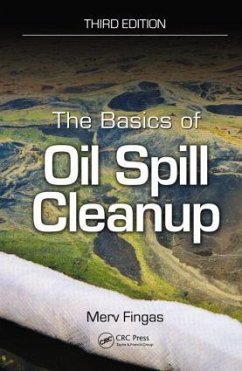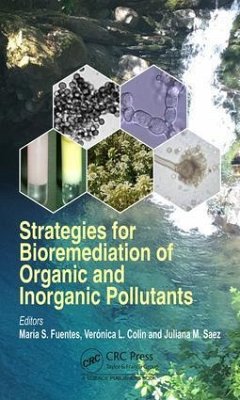Gebundenes Buch
Bioremediation for Sustainable Environmental Cleanup
Versandkostenfrei!
Versandfertig in 1-2 Wochen
Weitere Ausgaben:

PAYBACK Punkte
100 °P sammeln!




The present book, Bioremediation for Sustainable Environmental Cleanup, has a compilation of seventeen chapters comprehensively describing the state-of-the-art on emerging bioremediation approaches employed for sustainable environmental clean-up of diverse environmental pollutants.
Dr. Anju Malik is presently working as Associate Professor and Chairperson at Department of Energy and Environmental Sciences, Chaudhary Devi Lal University, Sirsa, India. She has completed her M.Phil. and Ph.D. from the School of Environmental Sciences, Jawaharlal Nehru University, New Delhi. She was awarded with a fellowship from the Belgian Government, under the bilateral cultural exchange programme at University of Ghent, Belgium. Dr. Anju has also received research scholarships from University Grant Commission (UGC) and Council of Scientific and Industrial Research (CSIR), New Delhi, India. She has worked in the past as a scientist under the Indian Council of Forestry Research and Education, Dehradun, India. With more than 18 years of research and teaching experience, her research interest is focused on trace elemental contamination, speciation and remediation. She is a life member of The Indian Science Congress Association, Kolkata, India. She has guided several M.Sc., M.Phil. and Ph.D. students. She has published research papers in various peer-reviewed national and international journals of repute. She has also published one book and 10 book chapters in edited books published by reputed international publishers. She is a reviewer of several international journals. Prof (Dr.) Vinod Kumar Garg is presently working as Professor at the Department of Environmental Science and Technology, Central University of Punjab, Punjab, India. He is an experienced researcher with more than 30 years of involvement in leading, supervising, and undertaking research. He along with his research group are working on water and wastewater pollution monitoring and abatement, solid waste management, pesticide degradation, radioecology, green chemistry and heavy metal detoxification. He has published more than 200 research and review articles, and six editorials in peer-reviewed international and national journals of repute with more than 18000 citations and h-index 73. In addition, he has published eight books and 15 book chapters and completed 10 sponsored research projects as principal investigator funded by various agencies and departments. He was awarded "Thomson Reuters Research Excellence-India Citation Awards 2012". He is an active member of various scientific societies and organizations including, the Biotech Research Society of India, the Indian Nuclear Society, etc.
Produktdetails
- Verlag: CRC Press
- Seitenzahl: 322
- Erscheinungstermin: 6. Februar 2024
- Englisch
- Abmessung: 260mm x 183mm x 22mm
- Gewicht: 803g
- ISBN-13: 9781032234915
- ISBN-10: 1032234911
- Artikelnr.: 69482389
Herstellerkennzeichnung
Libri GmbH
Europaallee 1
36244 Bad Hersfeld
gpsr@libri.de
Für dieses Produkt wurde noch keine Bewertung abgegeben. Wir würden uns sehr freuen, wenn du die erste Bewertung schreibst!
Eine Bewertung schreiben
Eine Bewertung schreiben
Andere Kunden interessierten sich für




